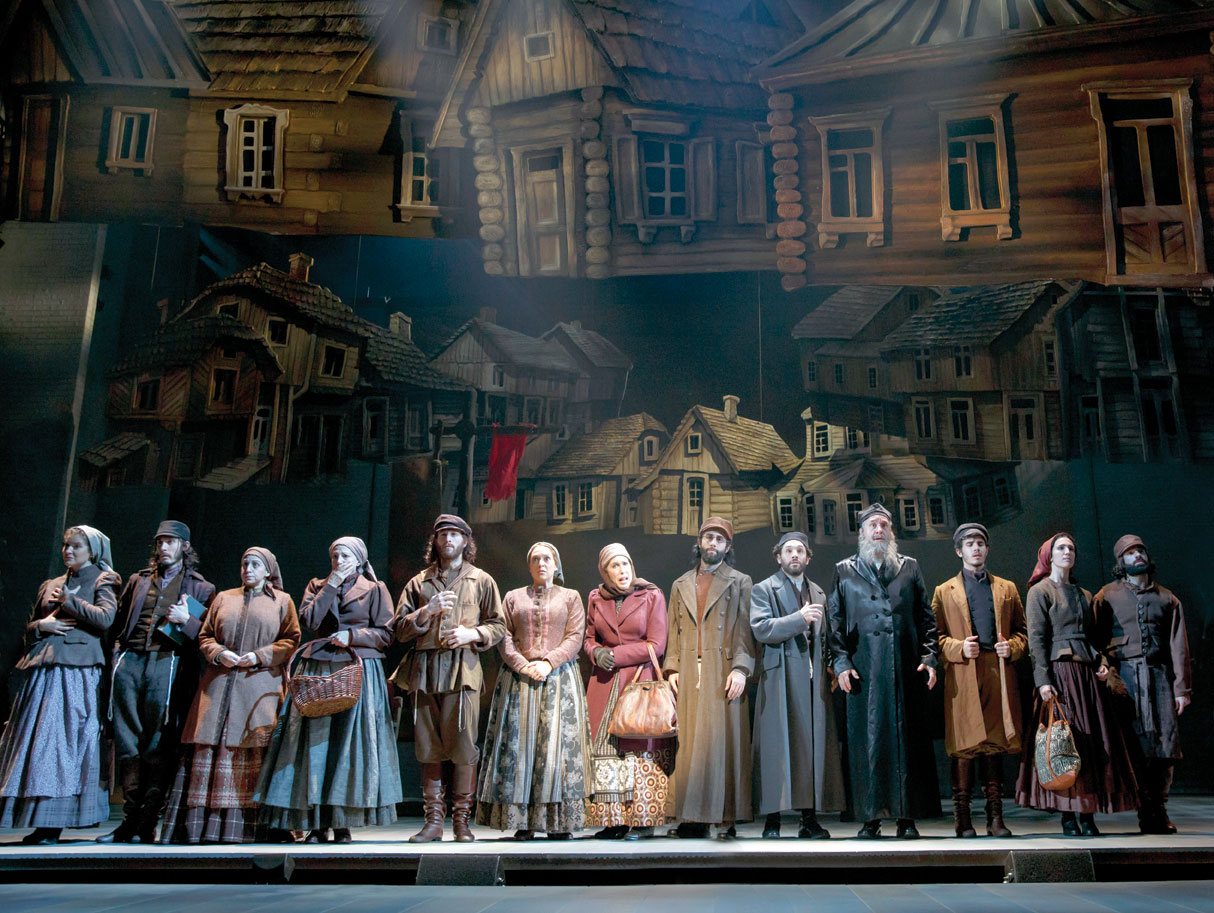Mamai’s ‘A Doll’s House’ a quietly gripping production
By Bob Abelman
Currently playing on Broadway is Lucas Hnath’s “A Doll’s House, Part 2,” an imagined sequel to Henrik Ibsen’s landmark 1879 melodrama.
It begins 15 years after the original play ended, with Nora Helmer returning home after her famous – and, in the 19th century, infamous – door slam that left in its wake her husband and three young children and set into motion her epiphanous quest to forge an identity other than dutiful wife and doting mother.
Nora’s play-ending exit startled audiences with its brazen defiance of societal norms and theatrical conventions, which back in the day, afforded the female protagonist but two options: dramatic death or placating reconciliation. The humorous sequel to “A Doll’s House” is an attempt to answer the questions raised by Ibsen’s stone-cold sober third option.
Mamai Theatre’s revisiting of the original work – a smart and stirring turn under Christine McBurney’s fast-paced and quietly gripping direction – serves to remind us what all the fuss was about in the first place.
Prior to the door slam we see Nora (Anjanette Hall) as the petted and pampered creature envisioned by her controlling husband Thorwald (Abraham Adams). We learn that in order to save him from illness and debt, and to spare his masculine pride, she arranged a loan without his knowledge and by forging a signature. When the crime is inevitably revealed, Thorwald’s selfish response awakens Nora’s sense of self-worth and sets into motion her final act of defiance.
The Mamai production is based on a 1937 adaptation of the play by Thornton Wilder. Wilder’s version neatly strips the work to its substantive essentials, which designers Don McBride (scenic), Kristine Davies (costume), Marcus Dana (lighting) and Richard Ingraham (sound) do as well with their simple but elegant staging against a black backdrop.
Wilder also provides clarifying, conversational and contemporary dialogue that replaces much of the original script’s melodrama with nuanced emotion. This is appealing to modern sensibilities and presents Nora as less of a victimized heroine and her husband as less of a chauvinistic heel.
The other key characters – Nora’s childhood friend Christina Linden (Rachel Lee Kolis), Thorwald’s best friend Dr. Rank (Tim Keo) and Nils Krogstad (John Busser), who holds a subordinate position at the bank in which Thorwald serves as manager – are given greater clarity, gravity and dimension as well. They are shipwrecked souls and the personification of life’s harsh realities – poverty, mortality and immorality, respectively – but Wilder’s writing as well as some truly fine acting keeps these characters from being mere placeholders for the play’s pathos.
In fact, Kolis, Keo and Busser play their characters with such aching complexity and sympathy that Hnath should seriously consider additional “A Doll’s House” sequels with them as the focal points.
Though Thorwald is very much a man of his time and far from sympathetic, Adams allows his character to connect with others from time to time which makes him a bit more accessible. And toward the end of the play, when a drunk Thorwald learns of Nora’s deception, he is vulnerable as well.
This production gives Ibsen’s play even greater focus by stripping Wilder’s adaptation of its extraneous characters by rolling the maid and the nurse into one servant, Anna (Mary Alice Beck), and eliminating the scenes that require the presence of the Helmer children.
Keeping Nora from interacting with her children on stage impacts more than just the production budget. It places greater responsibility on the actor playing Nora to establish, through virtuosity and conviction, the strength and elasticity of the emotional bonds that she will eventually break.
Hall handles this marvelously. Her girlish giggles when appeasing Thorwald, her intriguing reactions to Dr. Rank’s advances and Krogstad’s threats, and her small and delicate acts of rebellion are also hallmarks of Hall’s remarkable performance. All this turns Nora’s final act into a more believable and interesting accumulative realization than an overly theatrical moment of revelation.
This play, as performed by Mamai, still pulsates with life 138 years after it was written. It is more than a prequel to “A Doll’s House, Part 2;” it’s an iconic piece of theater not to be missed. CV
On stage
“A Doll’s House”
WHERE: Helen Rosenfeld Lewis Bialosky Lab Theatre,1501 Euclid Ave., Cleveland
WHEN: Through Aug. 27
TICKETS & INFO: $32, call 216-241-6000 or go to clevelandplayhouse.com
Bob Abelman covers professional theater and cultural arts for the Cleveland Jewish News. Follow Bob at Facebook.com/BobAbelman3. 2017 Ohio AP Media Editors best columnist.
Originally published in the Cleveland Jewish News on August 12, 2017.
Lead image: Anjanette Hall as Nora and Abraham Adams as Thorwald. Photo / Bob Perkoski











